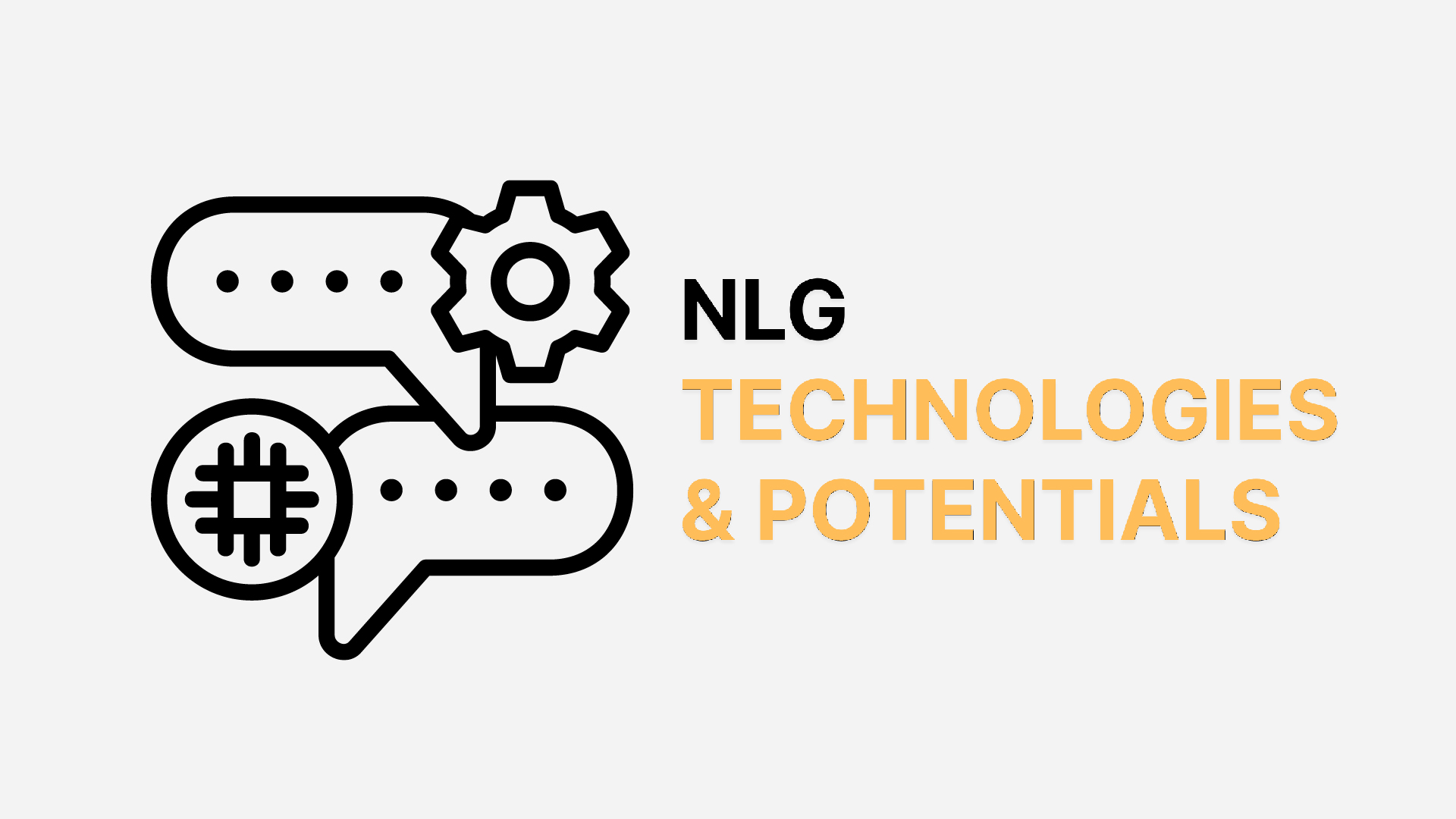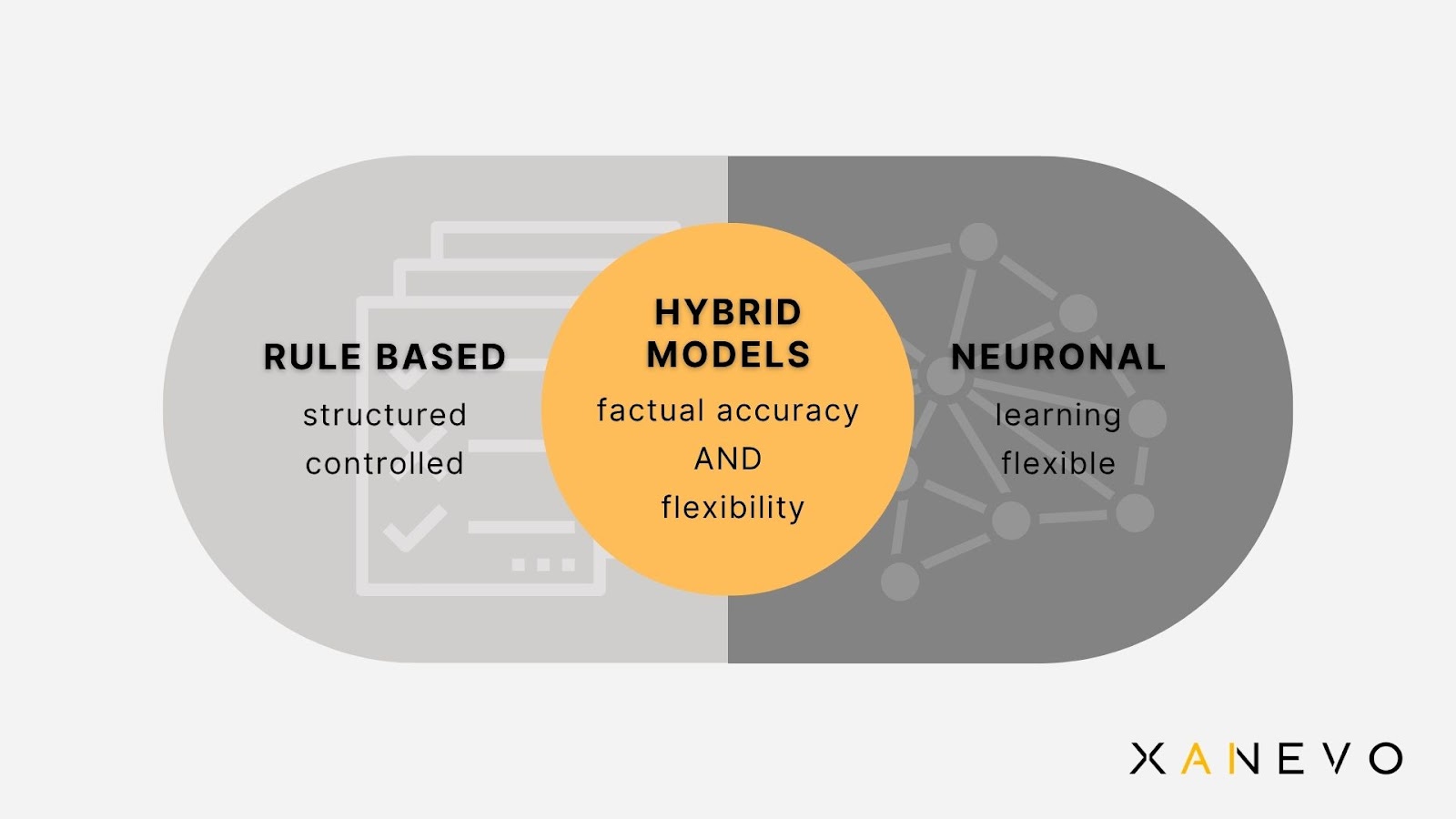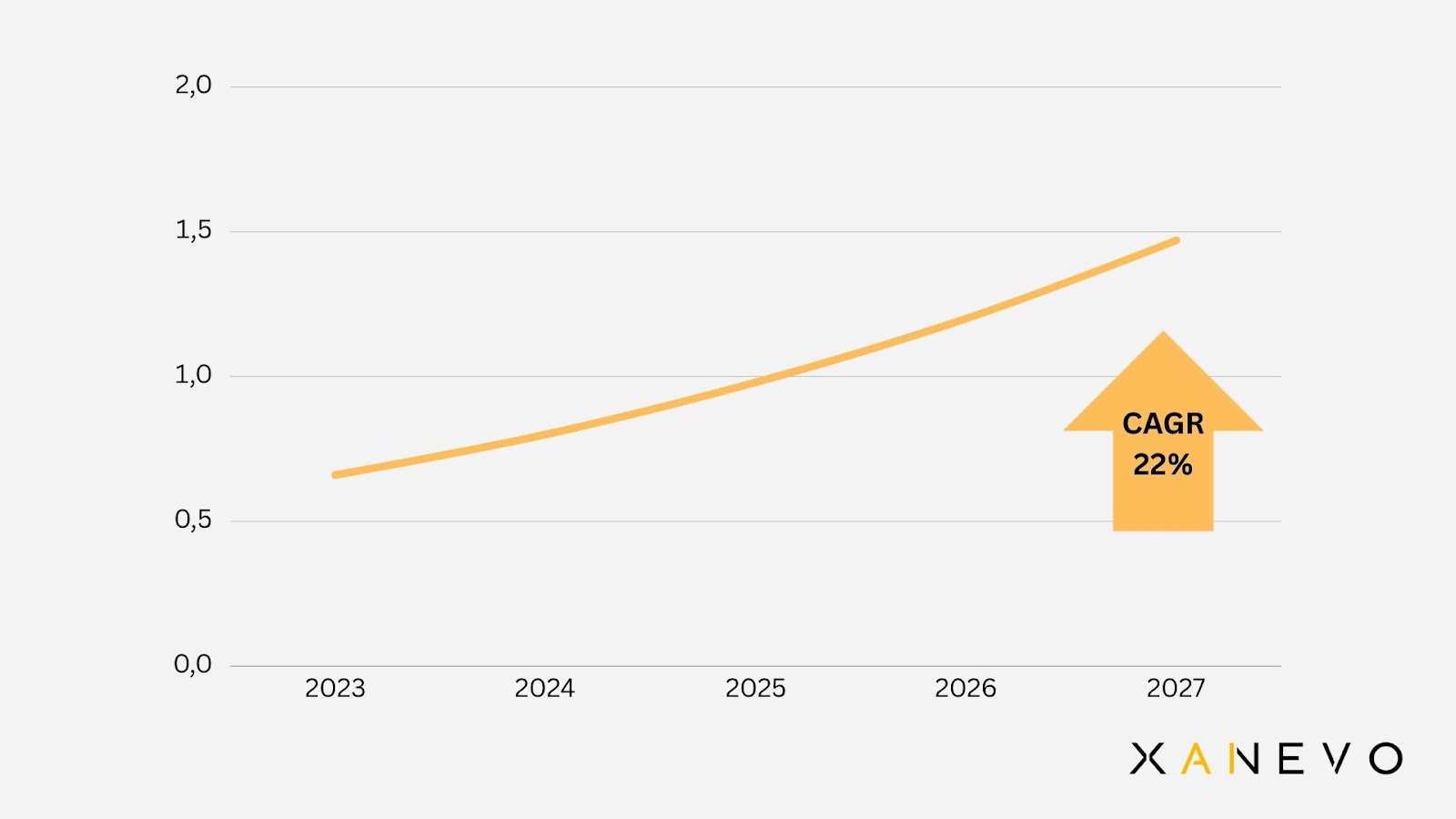
Natural Language Generation (NLG) has evolved in recent years from a niche technology into one of the most dynamic areas of artificial intelligence. NLG is concerned with the automatic creation of natural‑language texts from structured data.
Unlike text analysis, NLG technology focuses on generating human‑like texts that are informative, context‑aware, and stylistically appropriate.
The importance of this technology is steadily growing as companies increasingly look for ways to automate and personalize their communications processes.
Whereas earlier systems often produced only simple, schematic texts, modern NLG solutions enable the creation of complex, nuanced content that is hardly distinguishable from human‑written text.
Natural Language Generation transforms structured data into natural language in several steps. A systematic approach ensures that generated texts are not only grammatically correct but also meaningful and contextually relevant. The concrete procedure differs depending on the technical approach chosen.
Classical NLG systems follow a structured, multi‑stage approach often referred to as a “pipeline.” This pipeline typically comprises six main phases:
These rule‑based systems are characterized by high precision and strong control over the output text. They are particularly effective when processing structured data such as financial indicators or weather reports.
Prof. Dr. Ehud Reiter, a pioneer in NLG research, describes the traditional approach as “the transformation of data into text through a series of well‑defined linguistic decisions.”
In contrast to rule‑based systems, modern NLG solutions increasingly leverage deep learning and neural networks. These data‑driven approaches learn the statistical patterns of language from large text corpora and can therefore generate more flexible and natural‑sounding texts. The most important architectures include:
Neural language models offer impressive flexibility and can be deployed even in domains for which they were not specifically trained. However, they also introduce new challenges regarding controllability and factual accuracy.
In practice, hybrid approaches that combine the strengths of both methodologies are gaining ground. These systems use rule‑based components to ensure factual accuracy and structure, while neural models provide more natural language generation.
Dr. Albert Gatt of the Institute of Linguistics describes this trend:
“The future of NLG lies in the intelligent combination of data‑driven and knowledge‑based approaches to guarantee both flexibility and reliability.”

In the financial sector, Natural Language Generation has established itself as a valuable tool. Companies like Bloomberg and Reuters use NLG systems to automatically generate quarterly reports, market analyses, and company profiles from complex financial data. These automatically generated reports can be produced within seconds of new data being released—a speed human analysts cannot match.
A concrete example is the “Quill” software from Narrative Science, which converts financial data into understandable narratives. Investment firms use this technology to create personalized portfolio reports for clients, translating technical metrics into plain language.
Chatbots and virtual assistants increasingly rely on advanced NLG technologies to generate responses that are more natural and more context‑aware. In customer service, this enables personalized communication at scale. NLG systems can:
By combining data analysis with NLG technology, companies can scale customer communication without sacrificing a personal touch.
In the medical field, Natural Language Generation supports physicians and nursing staff in documentation and communication. NLG systems can transform structured medical data into comprehensible reports:
A notable example is the “Arria NLG” system, which is used in several hospitals to automate standardized clinical documentation while improving readability and accessibility.
Implementing NLG technology requires a strategic approach. Companies should begin by identifying specific use cases where automatic text generation provides the greatest added value. These may include recurring reporting tasks, scalable communications processes, or data‑intensive analyses.
Data‑source quality is crucial for technical integration. NLG systems need structured, reliable input data to generate high‑quality texts. Implementation should therefore always begin with an evaluation—and, if necessary, improvement—of the available data infrastructure.
As NLG technologies become more widespread, ethical and legal questions are gaining importance:
These aspects are not yet uniformly regulated but should be considered during implementation to minimize long‑term risks.
The global market for Natural Language Generation is growing rapidly. According to current industry analyses, the NLG market is expected to grow from around 655 million US dollars in 2023 to over 1.4 billion US dollars by 2027. This corresponds to a compound annual growth rate (CAGR) of approximately 22%.

NLG: Market Development incl. Forecast, calculation based on data from Research & Markets / GlobeNewswire (2024) and The Business Research Company (2025) | XANEVO
The strong growth is driven by several factors:
The technological development of neural language models is advancing rapidly. Key future trends include:
These developments are continually expanding the scope of NLG systems and opening up new areas of application.
Natural Language Generation has moved from an experimental technology to an indispensable tool for data‑driven communication. By combining traditional linguistic approaches with modern neural language models, it is now possible to generate texts that, in many areas, can compete with human‑created content.
Ongoing advances in AI‑based text generation will continue to revolutionize how companies communicate. As the technology becomes more refined, new application areas will emerge, while the boundaries between human and machine text production blur.
For decision‑makers, early adoption of NLG technologies offers the opportunity to realize efficiency gains and establish new, personalized communication channels. Successful implementation, however, requires a deep understanding of both the technological possibilities and the specific requirements of each use case.
NLG technology offers decisive strategic advantages:
Success factors in implementation:
Investing in Natural Language Generation should be viewed not only as a technological decision but also as a strategic one with the potential to fundamentally transform corporate communications.


Managing Director & Founder @ Xanevo
I help companies leverage the potential of AI and automation in a meaningful and economical way.
The focus is not on ready-made products, but on customized technological solutions that deliver real added value. My goal: to reduce complexity and create competitive advantages—without buzzwords, but with a clear focus on impact.
Diesen Beitrag teilen